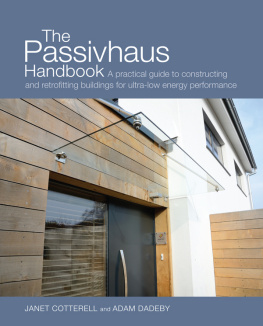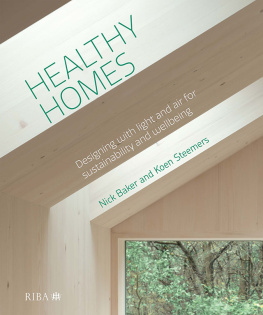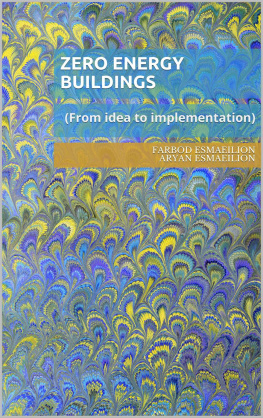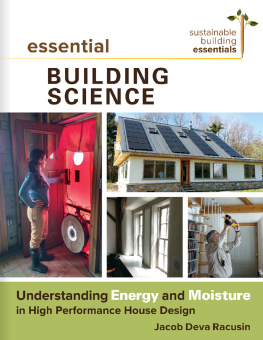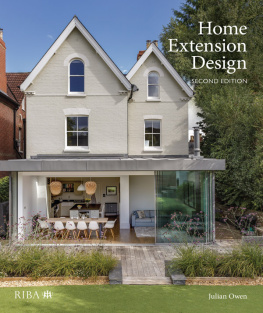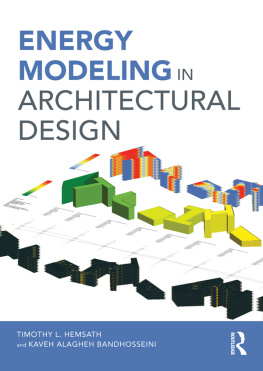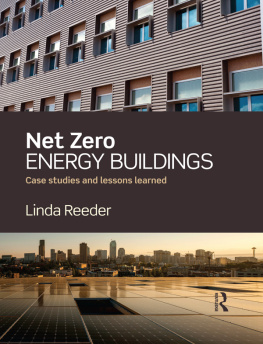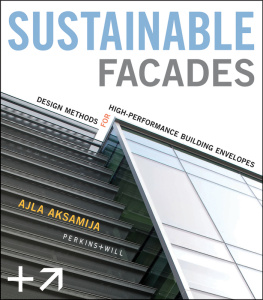Cotterell - The passivhaus handbook : a practical guide to constructing and retrofitting buildings for ultra-low energy performance
Here you can read online Cotterell - The passivhaus handbook : a practical guide to constructing and retrofitting buildings for ultra-low energy performance full text of the book (entire story) in english for free. Download pdf and epub, get meaning, cover and reviews about this ebook. City: Cambridge, year: 2013, publisher: UIT Cambridge Ltd;Green Books, genre: Romance novel. Description of the work, (preface) as well as reviews are available. Best literature library LitArk.com created for fans of good reading and offers a wide selection of genres:
Romance novel
Science fiction
Adventure
Detective
Science
History
Home and family
Prose
Art
Politics
Computer
Non-fiction
Religion
Business
Children
Humor
Choose a favorite category and find really read worthwhile books. Enjoy immersion in the world of imagination, feel the emotions of the characters or learn something new for yourself, make an fascinating discovery.
- Book:The passivhaus handbook : a practical guide to constructing and retrofitting buildings for ultra-low energy performance
- Author:
- Publisher:UIT Cambridge Ltd;Green Books
- Genre:
- Year:2013
- City:Cambridge
- Rating:5 / 5
- Favourites:Add to favourites
- Your mark:
The passivhaus handbook : a practical guide to constructing and retrofitting buildings for ultra-low energy performance: summary, description and annotation
We offer to read an annotation, description, summary or preface (depends on what the author of the book "The passivhaus handbook : a practical guide to constructing and retrofitting buildings for ultra-low energy performance" wrote himself). If you haven't found the necessary information about the book — write in the comments, we will try to find it.
An essential guide for anyone wanting to realize a supremely comfortable, healthy, and durable home with exceptionally low energy costs, this book brings together current thinking and best practice in Passivhaus design. This type of design focuses on getting the building fabric right, to achieve ultralow energy consumption in the most cost-effective manner. The approach is relevant to a wide range of building types and climates. Whether you are building an extension, retrofitting your house or starting from scratch, and whether you are new to low-energy design or already have some experience, this book will help you navigate around the potential pitfalls and misconceptions. The book includes a clear explanation of the underlying building physics and terminology; detailed information on key elements of Passivhaus: avoiding air leakage, designing out thermal (cold) bridges, moisture management, and ventilation strategy. It offers practical advice on setting up a project, including developing a motivated project team, and a discussion of economic considerations and the policy context in the UK. As pressure on global resources increases and energy prices continue to rise, the Passovhaus approach, proven over 20 years, meets the challenge of ultralow-energy building for the future
Cotterell: author's other books
Who wrote The passivhaus handbook : a practical guide to constructing and retrofitting buildings for ultra-low energy performance? Find out the surname, the name of the author of the book and a list of all author's works by series.

